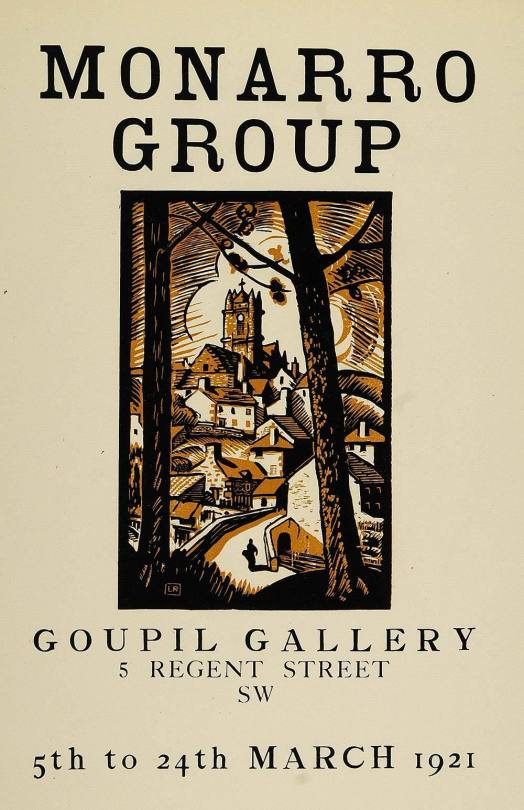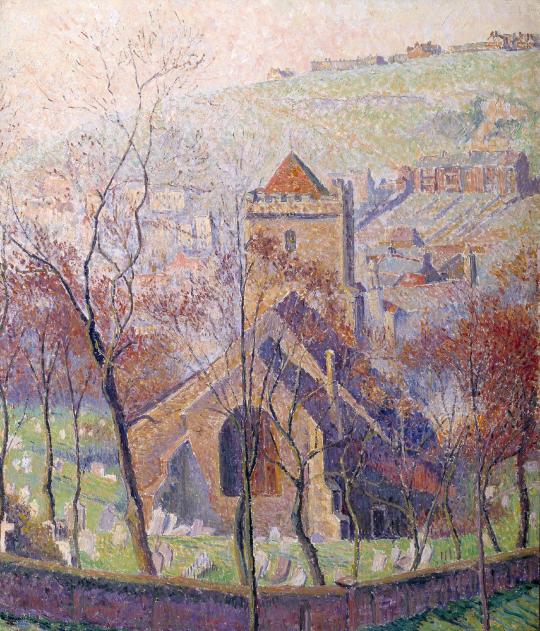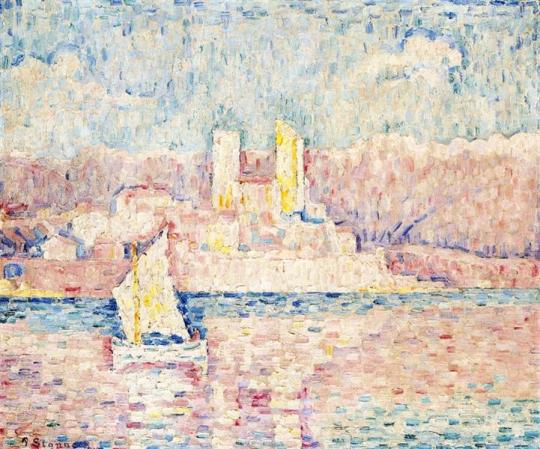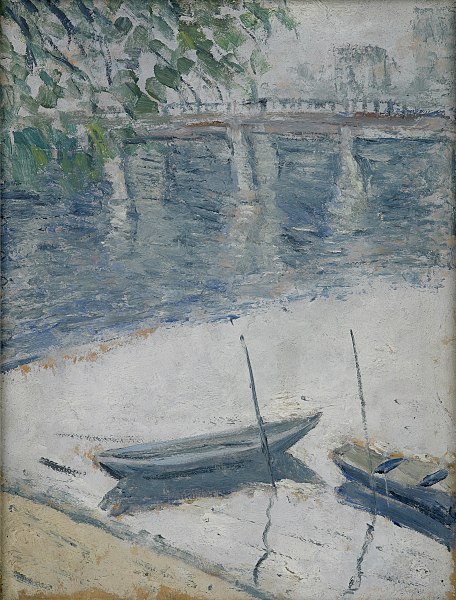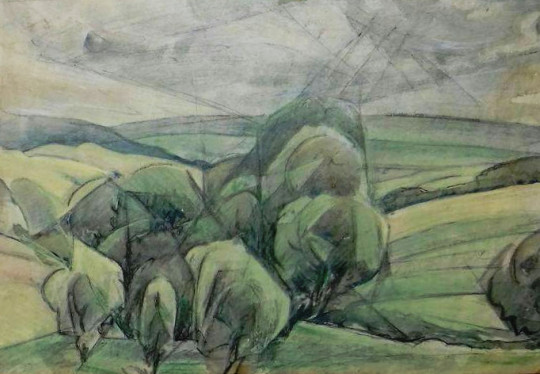
Elsie Marian Henderson – Landscape – Watercolour and Ink
Henderson was one of the great shining students of the early twentieth century. Her works are in the collections of the Tate, British Museum, Victoria and Albert Museum’s in London, the Fitzwilliam Museum in Cambridge, Manchester City Art Gallery, Guernsey Museum & Art Gallery and The Whitworth Manchester.
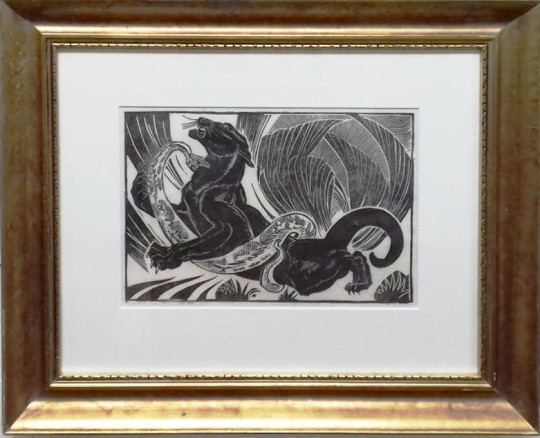
Elsie Marian Henderson – Black Panther & Snake – Linocut
Henderson was born in Eastbourne, Sussex and studied art with the encouragement of her mother. Henderson was a student at the Slade School of Art under the strict Henry Tonks from 1903 to 1905. She continued her art education in the tradition method of the time, by doing a European tour. She moved to Paris and took lessons at various ateliers in the city including the Academie Moderne, Académie Colarossi, Cercle Russe and the Académie de La Palette (studying with cubist painter Amédée Ozenfant and André Dunoyer de Segonzac) under Henri Le Fauconnier. In 1912 Henderson also studied with Othon Friesz before spending 1913 in Italy observing master paintings and works.
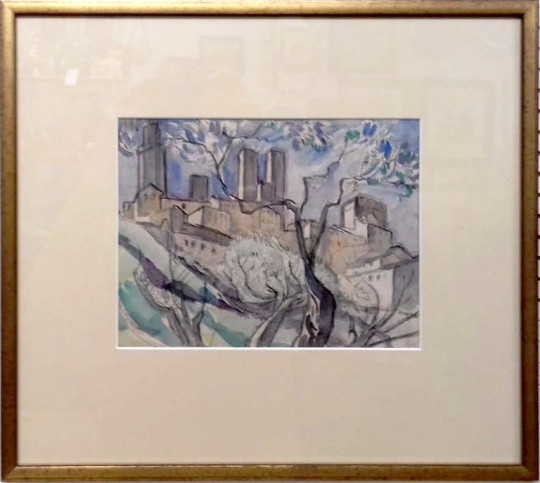
Elsie Marian Henderson – The Towers of San Gimignano, Italy – Watercolour
In 1914 at the start of the First World War Elsie moved to Guernsey, living with her sister but in 1916 she enrolled at the Chelsea Polytechnic, where she was taught lithography by the artist Francis Ernest Jackson, one of the pioneers in British lithography. In London she became a frequent visitor to London Zoo and animal drawings and paintings became a major theme of her early work. While still a student London Transport commissioned a poster from her to promote travel to the Zoo, which was, despite its unusual design for the time of a selection of animal studies, was well received.
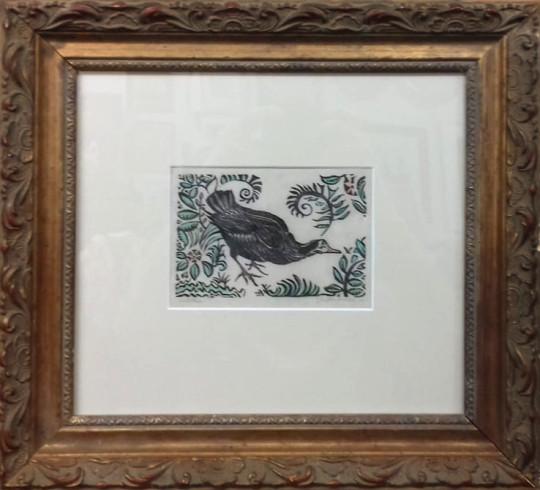
Elsie Marian Henderson – Moorhen – Linocut
Henderson started her own press and became a member of the Senefelder Club for printmakers. Between 1921-1924 she joined Lucien Pissarro’s short lived art society, the Monarro Group, one of only two women members. In 1924 Henderson had her first solo exhibition at the Leicester Galleries in London. The exhibition consisted of drawings, lithographs and bronze sculptures of, often savage, animals such as Jaguar Tearing its Prey and Leopard Killing a Parrot. She had a joint exhibition with Paul Nash. Between 1927 and 1938 she exhibited with the Society of Graver Printers in Colour.

Elsie Marian Henderson – Tiger – Charcoal and pastel
In 1928 Henderson married Emmanuel Edouard Marie Henri de Coudenhove the French consul to Guernsey. The couple lived on the island during World War Two and throughout the German occupation. Baron de Coudenhove died towards the end of the war and in 1946 Henderson moved to Hadlow Down in Sussex.
During her lifetime Henderson exhibited at the Royal Academy, with the Women’s International Art Club and the Society of Women Artists. A joint retrospective exhibition of Henderson’s work, with that of her friend Orovida Pissarro, was held in 1985 at the Michael Parkin Gallery. Sally Hunter Fine Art subsequently held exhibitions of her work.
To Elsie Henderson, stone is a living thing, hence her joy in lithograph. No other process gives such range from velvet-black, profoundly deep to delicate silver. – The Prints of Elsie Henderson – C A Nicholson 1928
All the works in this blog are for sale as part of my Christmas Collection of Pictures.
